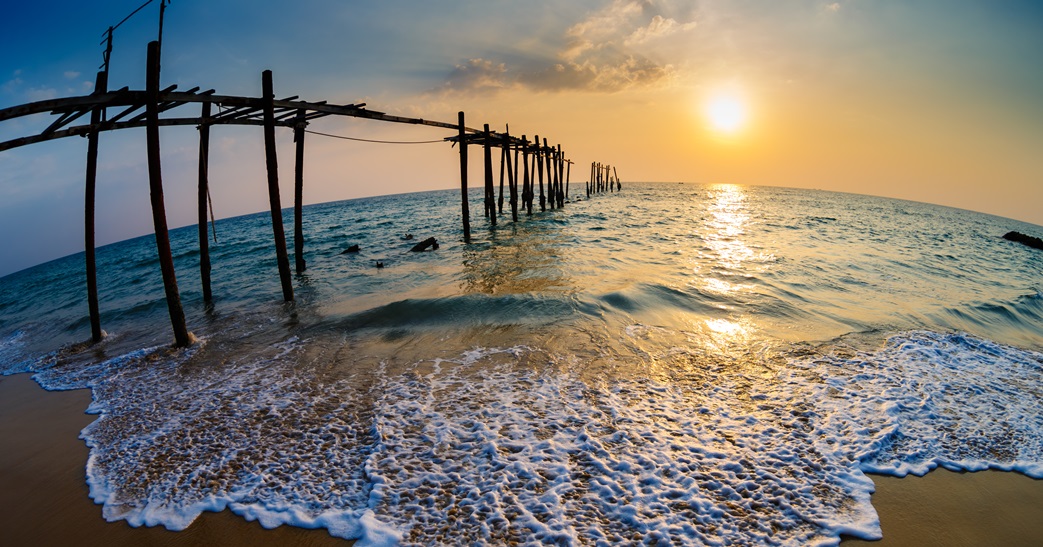On December 1, 2017, Congressman Frank Pallone, Jr., a Democrat from New Jersey, introduced H.R.4525, the Living Shorelines Act of 2017 to the House of Representatives Natural Resources Committee.
The bill would provide critical funding to help our nation’s coastal communities develop flood-resistant green infrastructure projects that integrate plants and local ecosystems.
In the aftermath of major hurricanes and superstorms, the United States has invested hundreds of millions of dollars in evacuation, clean-up and rebuilding efforts. The Living Shorelines Act will promote the use of nature-based systems and materials to help coastal communities address climate-related weather events and rebuilding efforts in a more resilient and cost-effective manner.
The bill also includes a provision to require communities to monitor, collect and transmit data on living shoreline projects, which will provide critical metrics on the benefits of these green infrastructure projects.
The bill defines the term “living shoreline project” in the following language:
“…a project to mitigate the effects of erosion caused by shoreline flooding or inundation, currents, and wave energy, through project design that stabilizes a shoreline by using natural materials to create buffers to absorb the impact of coastal storms, flooding, and wave energy and to prevent or minimize (or both) shoreline erosion, that—
- incorporates as many natural elements as possible, such as native wetlands, submerged aquatic plants, native grasses, shrubs, or trees;
- utilizes techniques that incorporate ecological and coastal engineering principles in shoreline stabilization; and
- (to the extent possible, maintains or restores existing natural slopes and connections between uplands and adjacent wetlands or surface waters; and
(living shoreline projects) may include, but not be limited to, the use of:
- natural elements, such as sand, wetland plants, logs, oysters or other shellfish, submerged aquatic vegetation, native grasses, shrubs, trees, or coir fiber logs; and
- structural materials, such as stone, concrete, wood, vinyl, oyster domes, or other approved engineered structures.“
The American Society of Landscape Architects (ASLA) applauded the bill. Landscape architects are often on the front lines of protecting coastal communities from the destructiveness of storms. They work with nature as they design projects that control flooding, restore shorelines and provide thriving wildlife habitat. In designing these environments, they collaborate with local residents to ensure that the infrastructure provides opportunities for recreation and economic and educational benefits.
“The Living Shorelines Act is smart policy for our nation, and gives communities options for their planning toolbox,” says Nancy C. Somerville, Hon. ASLA, executive vice president and CEO of ASLA. “Green infrastructure helps position coastal communities to mitigate the impacts of natural disasters and provides critical services that improve human and environmental health.”
“As a landscape architect, I support this legislation because it will allow communities and design professionals to work together in developing long-term solutions for transforming our coastal communities,” adds Kate Orff, ASLA, founder of SCAPE Landscape Architecture, and the first landscape architect to receive a MacArthur Foundation Fellowship. “Creating a built environment that protects and sustains us must include natural systems. Robust coastal ecosystems are critical next century infrastructure.”
On December 7, 2017, the bill was referred to the Subcommittee on Water, Power and Oceans.
Featured photo via Adobe Stock.

